Even on an overcast Chicago afternoon, the AMLI Lofts’ modern exterior shines.
A geometric pairing of brick, glass and dusty blue steel off the always lively Clark and Polk Street intersection stands like a model roped off at a museum.
The introduction of luxury apartments in the highly populated and economically diverse South Loop proves bittersweet.
Single business professionals will finally have a haven close to the office, but current residents may find a huge dent in their wallets or be priced out because of AMLI’s luxury.
Boasting a full-service fitness center, a 24-hour fireplace lounge, and scenic city views, the AMLI Lofts on South Clark Street ooze luxury.
With Nielsen Prizm data showing that majority of residents in the area are 21-45, some recent college graduates are struggling to find something affordable in the area.
“These amenities — yeah, they’re cool,” said Hannah Cole, 23, marketing coordinator at Papyrus Recycled Greetings and former Columbia College Chicago student who is currently living with two roommates in Lakeview. “But if you’re going to kick people out of their homes and where they’ve been forever just because you want a nice rooftop pool? I just don’t think that’s right.”
And when Cole first looked into living alone in the South Loop after she graduated, “rent was so expensive to live in a little box,” that she expanded her search elsewhere.
“They’re trying to attract people that have more money and want that luxury feel but whenever I’m in the South Loop, I don’t get that feel,” Cole said. “Rent is going to go up, people aren’t going to be able to afford it. They’re going to feel like they don’t fit in their community anymore.”
City-data.com reported the median gross rent in 2011 in Chicago was $1,432 a month. 2014 rent statistics have not been tabulated yet, but Adam Borel, 20, a sophomore Columbia Cinema Art + Science student and library employee is worried about finding a place that will “accept him living there.”

Currently living in The Dwight, an on-campus residence center, he isn’t willing to commute. However, finding an affordable place to stay and in a convenient neighborhood won’t be an easy search.
“I understand that living in a city will always be more expensive, but I would surely hope that we would be provided these basic necessities like housing at an affordable price,” Borel said. “I’m done with dealing with residence life. I just want a place that I can set up as my own.”
As more high-end mid-rise complexes and luxury livings spaces make their way into the South Loop, not everyone views the addition of spaces such as the AMLI Lofts cynically.
The arrival of the AMLI Lofts has prompted neighboring apartment complexes to spruce up their spaces for competition’s sake, consequentially displacing some residents that have been there “since the 1970s,” said MaryAnn Marsh, a South Loop resident, small business owner and realtor at @Properties.
“As resident, I’m not happy to see the older people being pushed out,” Marsh said. “As a business woman and a realtor, I’m excited for the change.”
She used the 1130 S. Michigan apartment complex as an example; like other South Loop housing establishments, they are competing with the AMLI Lofts by renovating their lobby and sunroof. Marsh said due to the AMLI Lofts and other luxury developments like them, the overall rent costs will most likely rise in return.
Since it’s the people of “moderate to high wealth” that are going to be the cause of property taxes to go up, hearing the acronym NIMBY, or “not in my backyard,” from developers is “almost ironic,” Juan Moreno said.
As the President of JGMA Architecture Firm and steadfast believer “that good design should not be exclusive to the affluent.“ He said he hears NIMBY discussed when developers are trying to build a homeless shelter in a community and there is the underlying “connotation that you’re bringing in a lower-class demographic.”

But “AMLI isn’t the problem,” isolating entire communities of people is “the deeper issue,” Moreno said.
“As a city we need to have a better zoning program rather than segregating the city’s people,” Moreno said. “I would love to see a better solution to mixed income living. And there isn’t one.”
An example was when the Pacific Garden Mission homeless shelter was pressured by the city of Chicago in 2004 to move from its South Loop location. Due to ongoing gentrification in the neighborhood, settled into their current location at 14th Place and Canal Street that December.
He continued, saying at the center of positive development and diverse living is education-centered development — that if those education-centered developments are executed properly, more cafes and small businesses will crop up.
“The wonderful thing that is happening to the South Loop is the influx of housing for students … If students start to leave because of the “AMLI scenario,” it would be a shame.”
And a possible light at the end of the glass walkway? Moreno will continue to hope more student housing will be built instead.
“We as a city, as a society, have to a better job at integrated planning,” Moreno said. “We are so damn segregated in this city. The richest communities culturally are those that are the most diverse.”

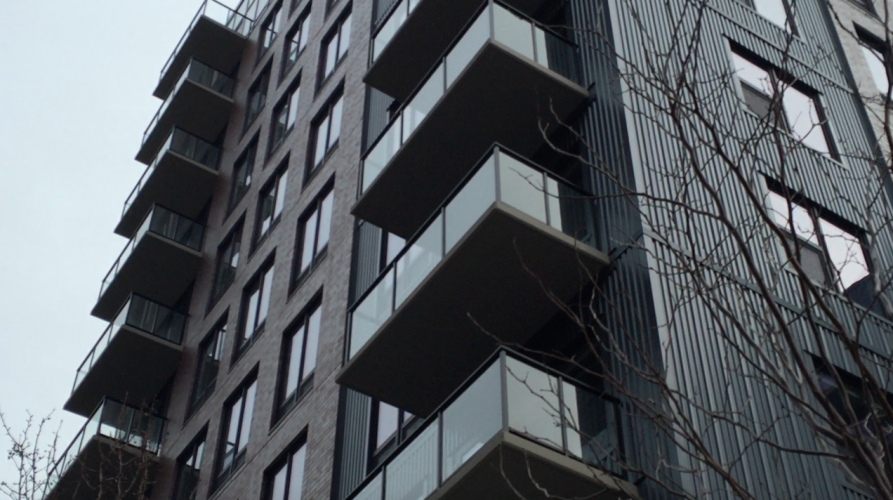





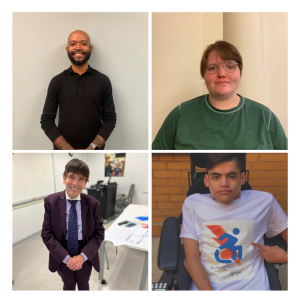

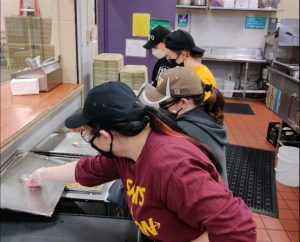
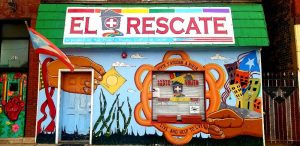
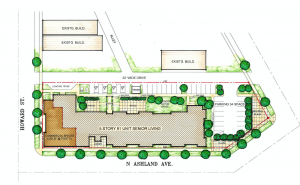





Be First to Comment